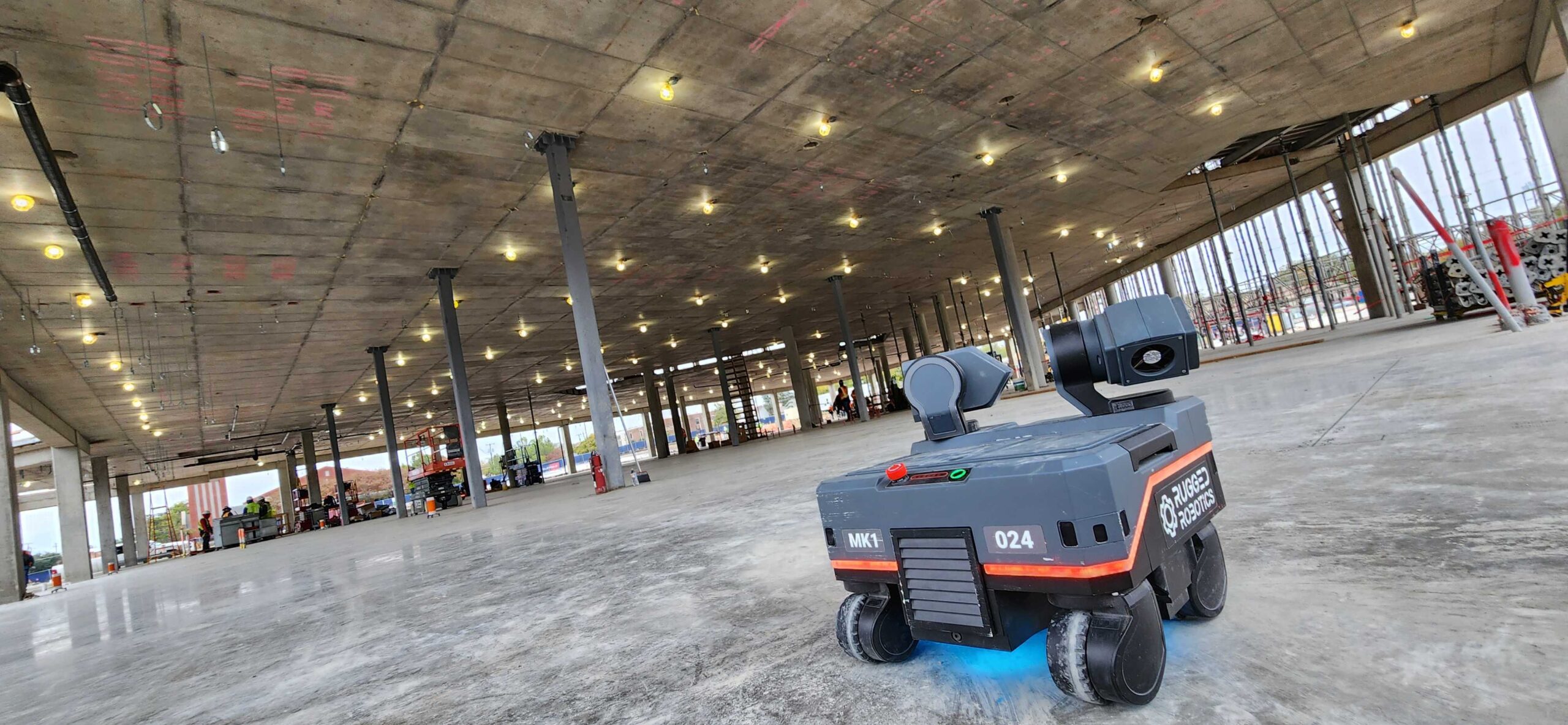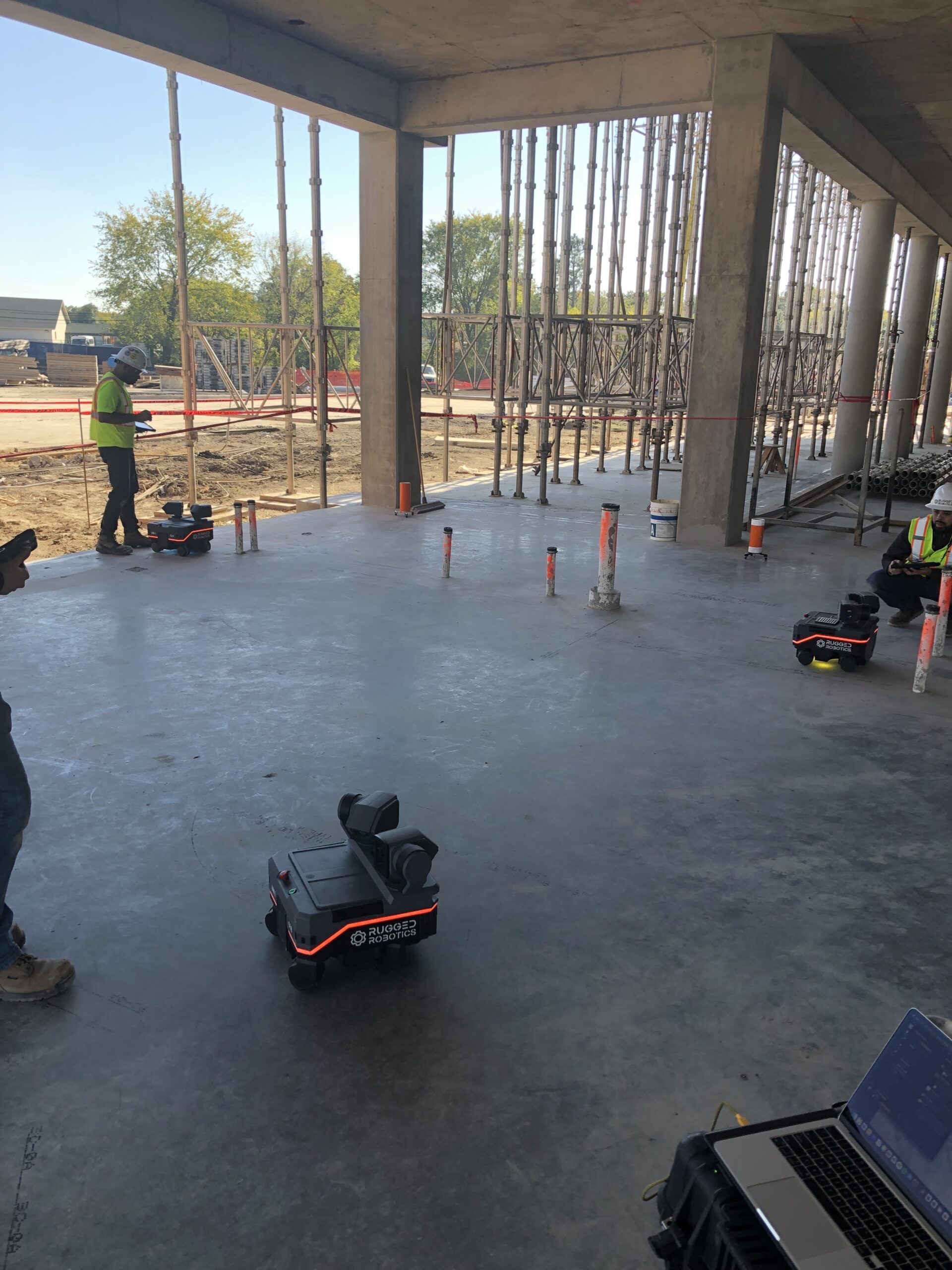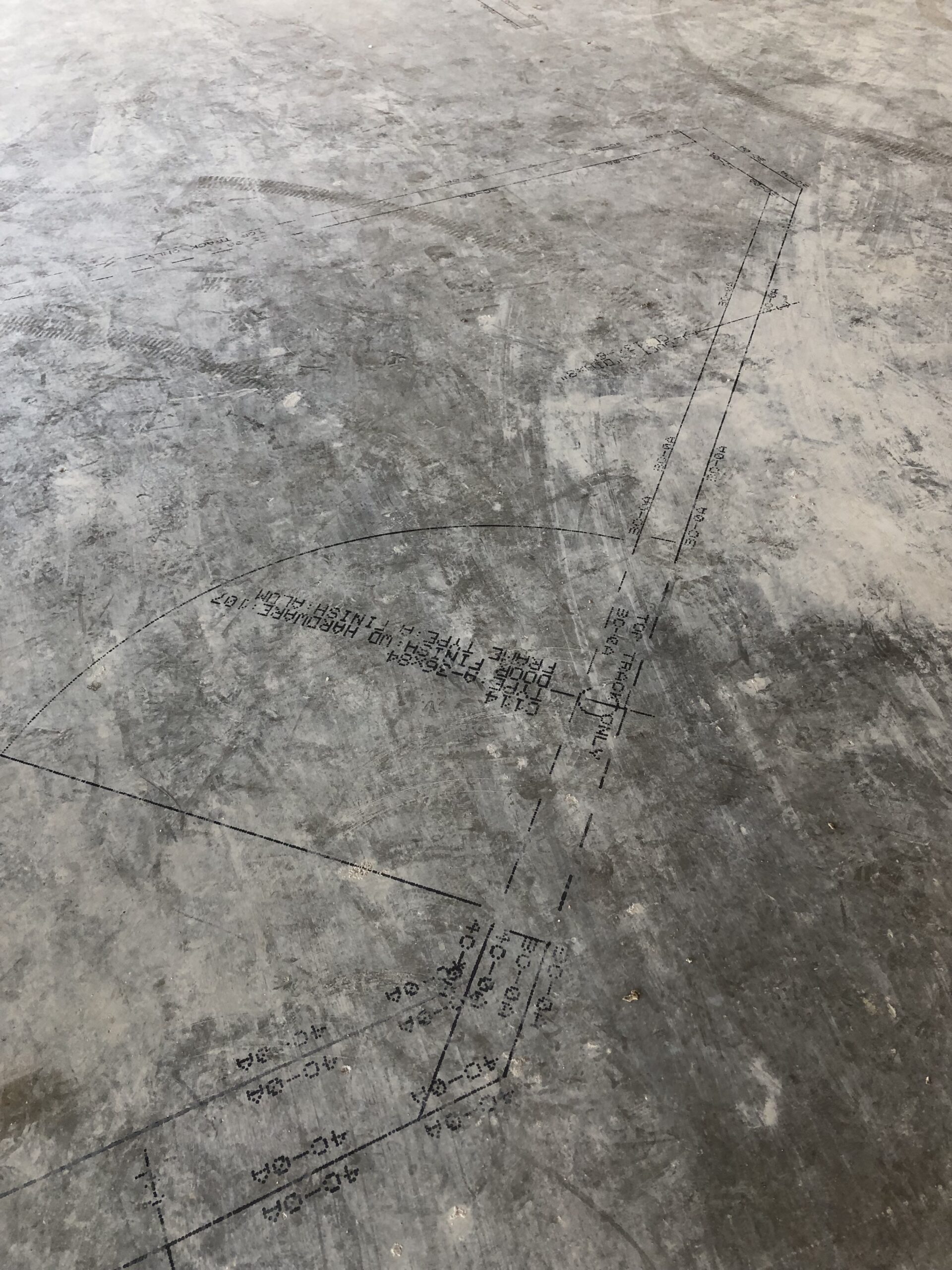Project Details
Suffolk Construction was hired as the general contractor of a new $32M government center located in Mesquite, TX. The center serves as a hub for government operations in Dallas County - including a Tax Office, Constable Office, and Justice of the Peace and Juvenile Services office, in addition to a community space and early voting area.
The project was a meaningful opportunity for Suffolk to demonstrate their position at the forefront of technological innovation, differentiate their services to owners and developers, and make a presence in the Dallas market.
Suffolk worked with VIATechnik, a BIM and VDC services firm, alongside Rugged in a coordinated process to ensure the model precisely matched the drawings.

Objectives
The Suffolk team was under scheduling pressure throughout the project, and delays from layout inaccuracies could have caused further scheduling delays.
- Inaccurate layout regularly leads to field clashes between trades and requires significant rework that could have caused delays.
- The Suffolk team chose to mitigate these risks by pursuing a coordinated model that would provide the perfect starting point for Rugged's automated layout service.
- The pilot was initiated to compress build schedule and raise baseline level of QA so that onsite installation activities could be streamlined while meeting high quality standards.

Outcomes
The Rugged team was able to streamline the entire layout process and avoid the delays that typically come from rectifying inaccuracies or coordination clashes in the field, ultimately reducing rework by 75%.
- Rugged's automated layout reclaimed valuable time for the project, compressing the initially scoped layout schedule from 7-8 days per floor to just three days, a reduction of 60%. This efficiency propelled the project forward by facilitating an earlier install start for the trades.
- Rugged’s layout further accelerated the schedule by providing a detailed, life-size blue print that enabled immediate action and rapid installation. Their marks eliminated the need for paper shop drawings, and by marking trade intersections (such as duct pass-throughs), Rugged enabled each trade to anticipate other systems, resulting in smooth delivery of a high-quality, coordinated build
Next Steps & Future Use
Suffolk is incorporating Rugged Robotics automated layout onto future projects by building budget and schedule.

BuiltWorlds Analysis
BuiltWorlds' 2024 benchmarking data shows varied adoption of robotic solutions among organizations. A small segment uses robotics in every project, indicating high integration in specific cases, while a slightly larger proportion applies robotics in most projects, suggesting more consistent use. A notable share utilizes robotics in several projects, reflecting moderate adoption. However, a significant portion is currently piloting robotic solutions in a limited number of projects, showing ongoing experimentation. An equal number of organizations have not yet implemented any robotic solutions, indicating that many are still exploring or have yet to adopt robotic technology. Overall, while some organizations are advancing with robotics, a substantial number remain in the early stages of integration.
BuiltWorlds categorizes construction robotics into 4 main groups: monitoring robotics, service/labor robotics, autonomous heavy equipment, and prefabrication robotics. Monitoring robotics includes site progress monitoring, laser scanning, layout robotics, and remote access robots. Of those contractors who use a robotic solution, 65% indicated that one or more of their solutions falls into the monitoring robotics category.



